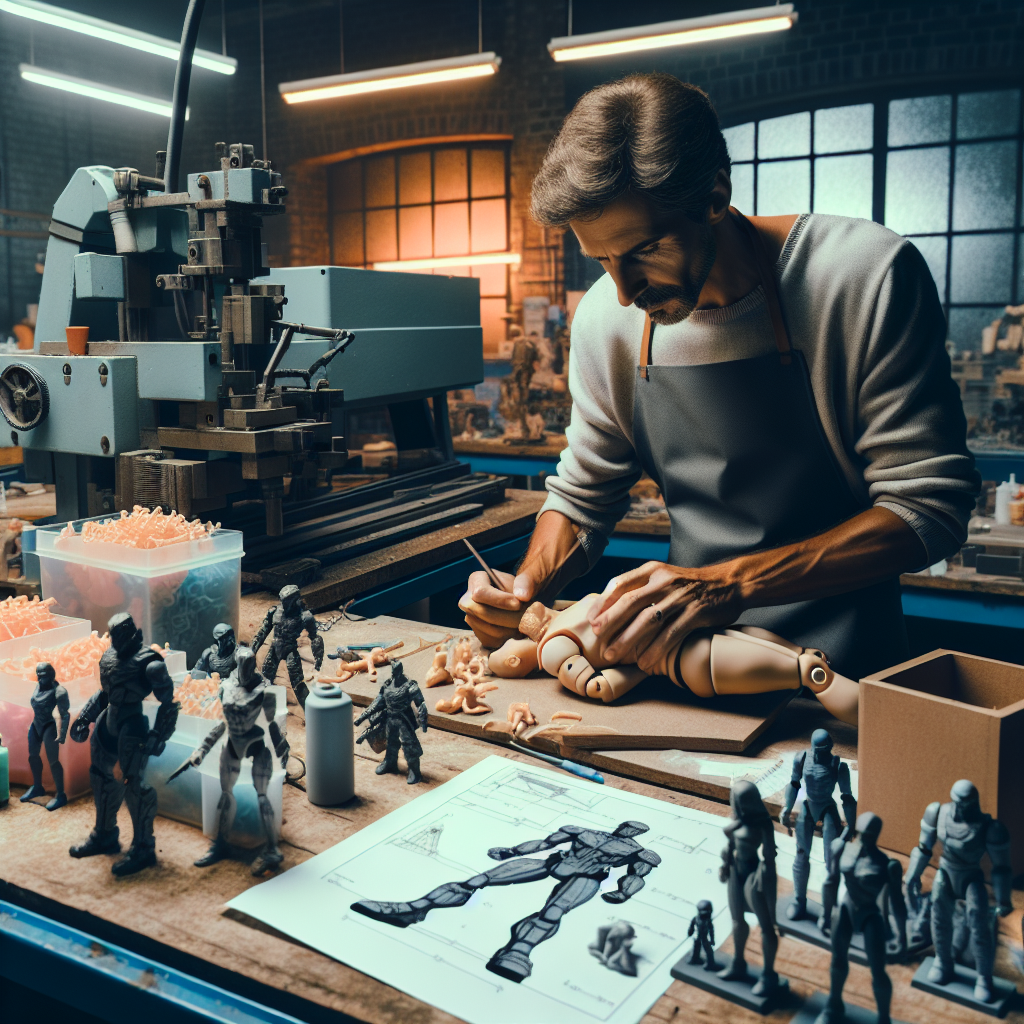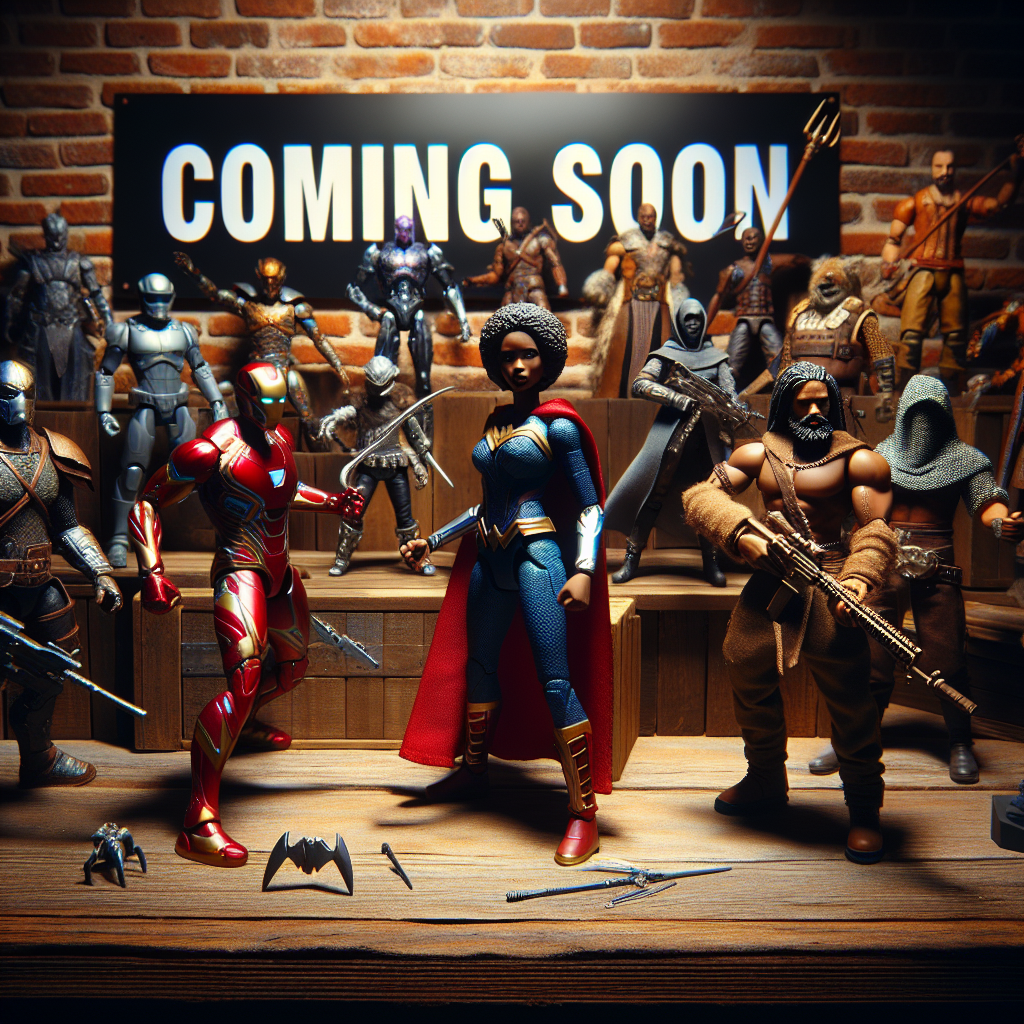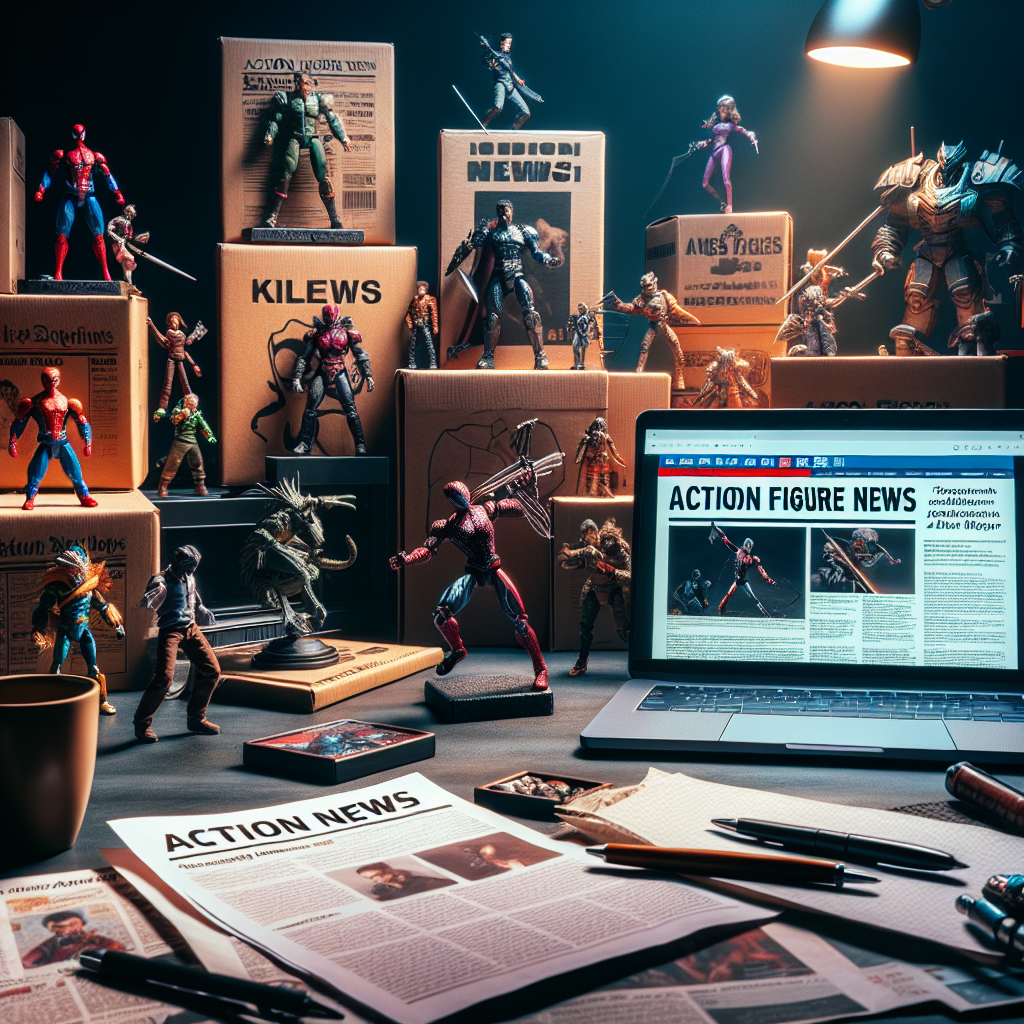How Action Figures Are Made: A Behind-the-Scenes Look
Action figures hold a special place in the hearts of both children and adult collectors alike. These meticulously crafted toys bring characters from movies, comics, and even video games to life, allowing fans to engage with their favorite franchises in playful and imaginative ways. But have you ever wondered how action figures are made? In this blog post, we’ll unpack the fascinating process of creating these charming collectibles, from concept to shelf.
Concept and Design
The journey of an action figure begins with concept and design. This critical stage involves a talented team of artists and designers who gather references and sketch the character. The initial designs focus on character proportions, articulation points, and overall aesthetics. The goal at this stage is to embody the character’s essence while considering the limits of production.
- Concept Art: Artists create detailed illustrations, focusing on colors, facial expressions, and costumes.
- 3D Modeling: Designers then use 3D software to create a model that can be manipulated in a digital space.
- Prototype Creation: A prototype is then crafted, often using clay or digital printing technologies.
Material Selection
Choosing the right materials is vital in the how action figures are made process. Generally, action figures are created using a combination of thermoplastic materials like PVC (polyvinyl chloride) and ABS (acrylonitrile butadiene styrene). These materials are favored for their durability and flexibility, allowing for various design possibilities and ensuring the figures can withstand both play and display.
Molding and Casting
Once prototypes are approved, it’s time to move into the molding and casting phase. Here’s how this process works:
- Molds: Accurate molds are made from the prototypes. This can involve creating a master mold that captures every detail of the action figure.
- Injection Molding: Plastic pellets are heated until they melt, and the liquid plastic is injected into the molds. This process produces the actual parts of the action figure.
- Cooling: After the molds are filled, they are allowed to cool, solidifying the plastic into the desired shapes.
Assembly and Articulation
After the pieces are removed from the molds, they go through assembly. This is where the various body parts are articulated for movement. Action figures typically have joints at the shoulders, elbows, hips, and knees, allowing for a range of motion that enhances playability.
Manufacturers often use a variety of techniques for articulation, including:
- Ball Joints: Commonly used for limbs to provide multidirectional movement.
- Hinge Joints: Utilized mainly for elbows and knees to allow bending.
- Swivel Joints: These allow parts to rotate, providing additional poses.
Painting and Finishing Touches
With assembly complete, the action figures move on to painting and finishing touches. This stage is essential for giving action figures their distinctive look and feel.
- Base Coating: A base color is applied to the figure, often using airbrush techniques for smooth application.
- Detailing: Additional layers of paint, including highlights and intricate designs, are carefully applied to make the figures as lifelike as possible.
- Finishing: A clear coat is often added for protection and to enhance colors. This helps prevent scratches and fading over time.
Quality Control
Before an action figure hits the market, it goes through rigorous quality control checks. This ensures that every figure meets the manufacturer’s standards for safety and quality. Inspectors will look for defects in paint, assembly, and articulation, ensuring that each product is not just visually appealing but also durable and safe for fans of all ages.
Packing and Distribution
Once approved, the action figures are packaged. Packaging is not just a means to protect the figures; it’s also a critical marketing tool that showcases the character’s artwork, branding, and other relevant information. After packing, the figures are then shipped to retailers worldwide, eager to find their way into the hands of collectors and fans.
Conclusion
Understanding how action figures are made reveals the intricate artistry and craftsmanship involved in bringing beloved characters to life. From initial sketches to the manufacturing process, each stage plays a vital role in producing these fantastic collectibles. Whether you are a parent looking to spark your child’s imagination or a dedicated collector, knowing the effort behind your favorite action figure can deepen your appreciation for these remarkable creations.
In the end, action figures are more than just toys—they are a blend of art and engineering designed to inspire creativity and connection. So the next time you pick up an action figure, remember the incredible journey it took to reach your hands!




